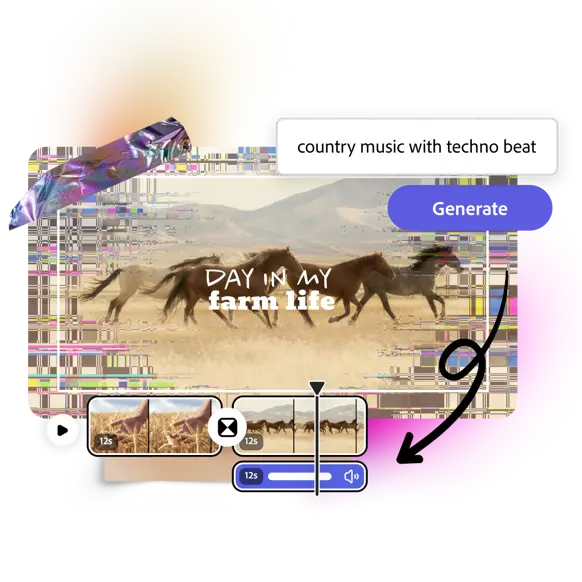As blockchain grows beyond its origins in finance, a new paradigm is taking shape—one that goes deep into creative spheres such as music, visual art, and storytelling. Decentralization is no longer simply a matter of money; it’s about taking back control over centralized identity, culture, and intellectual labor in an over-digital context.
At the center of this revolution is the concept of creative sovereignty—creators, musicians, and programmers who can release and profit from their work without middlemen or gatekeepers. With decentralized applications (dApps), smart contracts, and token economies, creators have the tools today to be rewarded directly for their labor, create open licensing frameworks, and foster international communities without sacrificing control.
This shift is most pronounced in the music industry, where legacy patterns of distribution and royalties have long been criticized as being opaque and unfair. Blockchain brings both transparency and fairness to the table—smart contracts that can facilitate automation of royalty payment, NFTs that provide provable ownership, and DAOs (Decentralized Autonomous Organizations) through which fans are able to participate in governance and funding.
But blockchain is only one border changing the creative process.
AI Music: The Algorithmic Revolution in Sound
Artificial Intelligence has become the leading force in music production. It has evolved from its humble roots of crude pattern replication to being complex, emotionally resonant pieces of music composed by neural networks. AI music blurs the lines between machine and human creativity—and raises some very interesting questions about authorship, rights, and originality.
Along with blockchain, AI music opens the door to unimagined possibilities for the democratization of music production. Artists do not need expensive studios or record deals to create entire albums anymore. They can collaborate with AI software programs instead, craft unique pieces of music within minutes, and mint them into NFTs—anchoring the music simultaneously to a traceable, marketable asset.
This pairing of blockchain and AI is creating entirely new art worlds. Imagine a decentralized marketplace in which AI models are generating custom scores in real-time for customers—music that is unique, royalty-stamped, and fixed on-chain. In such a world, the AI models themselves could even be tokenized, licensed, or governed by DAO stakeholders.
But this technology raises philosophical and legal issues. Who owns a song composed by an AI? The consumer who calls it up? The company that created the model? Or does the model have rights? Blockchain’s tamper-proof ledger gives at least one answer: an indisputable record of authorship and ownership, captured the moment a piece is minted or created.
NFTs, Fan Economies, and the Creator DAO
One of the most promising potential uses at the crossroads of crypto and creativity is the Creator DAO—a decentralized group that allows creators and fans to co-own and govern a common network. These DAOs often token their social tokens or NFTs with voting rights, early content, or a percentage of revenue as incentives for holders.
This is the new-age fan club, but with attitude. Unlike their outdated subscription-generation brethren, Creator DAOs are flexible, open, and designed for collaborative expansion. Fans are not merely fans—fans are stakeholders who can shape an artist’s trajectory, aid in future projects, or even co-create content.
With AI music, DAOs are even more feasible. A DAO’s members could vote on which AI models to train or purchase, offer proposals for new paths of music, or endorse genre experimentation. AI-generated content could be utilized to give token holders rewards, finance real world albums using crowdfunding, or drive interactive concerts in the metaverse.
A Glimpse Into the Future
With blockchain and AI converging, the future of creativity is more decentralized, more accessible, and more interactive. The silos of art, technology, and economics are breaking down—replaced by modular ecosystems that support transparency, participation, and innovation.
For artists and creators, this new world is one of freedom and responsibility. With no intermediaries to get in the way, success is not only a function of talent but also of community, communication, and savvy use of digital technology. For technologists and crypto-enthusiasts, it’s a quest to build for a purpose—to ensure that these platforms are inclusive, secure, and artist-forward.
In this new world, the breakout star of tomorrow might not be a person—it might be a decentralized collective, a DAO-governed AI, or a blockchain band that isn’t even in the physical universe. Whatever form it takes, this much is true: the creative edge is no longer geographically, economically, or biologically bounded. It’s on-chain, always-on, and accessible to all.

